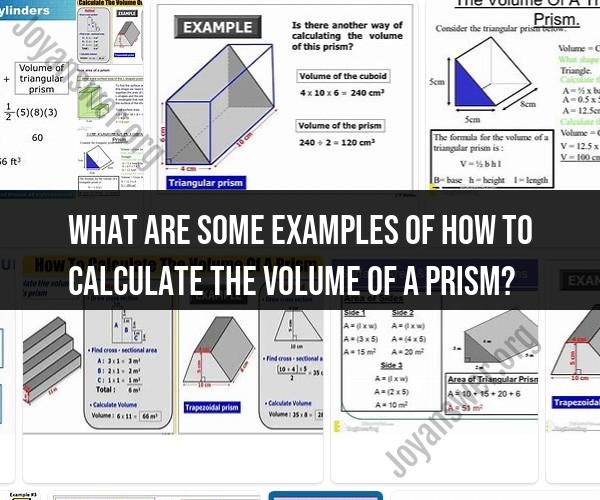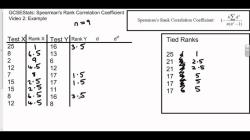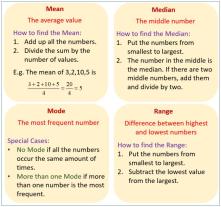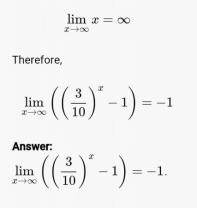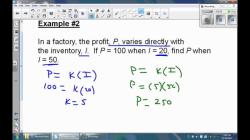What are some examples of how to calculate the volume of a prism?
Calculating the volume of different types of prisms involves multiplying the base area by the height. Here are illustrative examples for various prism types:
Rectangular Prism:A rectangular prism has a rectangular base.
Example:Let's say the length of the base is 6 units, the width is 4 units, and the height is 5 units.
Volume = Base Area × HeightVolume = (Length × Width) × HeightVolume = (6 × 4) × 5 = 120 cubic units
Triangular Prism:A triangular prism has a triangular base.
Example:Let's say the base of the triangle has a base length of 8 units and a height of 6 units. The prism's height is 10 units.
Volume = Base Area × HeightVolume = (Base × Height) × HeightVolume = (8 × 6) × 10 = 480 cubic units
Hexagonal Prism:A hexagonal prism has a hexagonal base.
Example:Let's say the side length of the hexagon is 7 units, and the prism's height is 9 units.
Volume = Base Area × HeightVolume = (3/2 × (Side Length)^2 × √3) × HeightVolume = (3/2 × 7^2 × √3) × 9 ≈ 688.9 cubic units
Pentagonal Prism:A pentagonal prism has a pentagonal base.
Example:Let's say the side length of the pentagon is 5 units, and the prism's height is 8 units.
Volume = Base Area × HeightVolume = (5/4 × (Side Length)^2 × (1/tan(π/5))) × HeightVolume = (5/4 × 5^2 × (1/tan(π/5))) × 8 ≈ 110.8 cubic units
These examples demonstrate how to calculate the volume of different types of prisms using their respective base areas and heights. Remember to use the appropriate formulas for each type of prism and ensure that your measurements are in the same units for accurate results.
